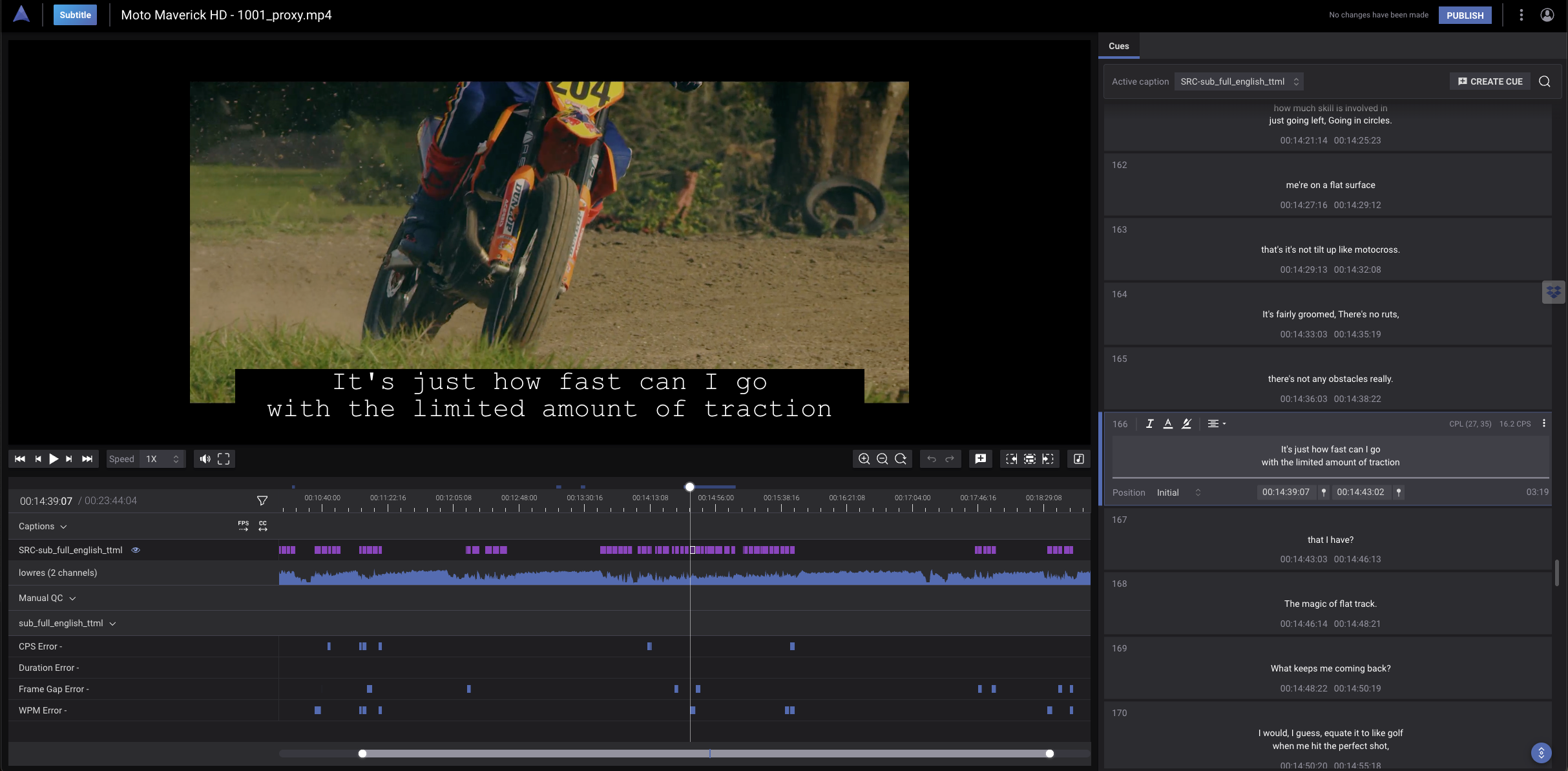Flexibility is essential for today’s media supply chains, especially when it comes to processing applications for quality control (QC) and transcoding. In the past, choosing the right tools for these tasks was a decision made every few years, after evaluating the options available at that time. We used the same tools for all types of  content, regardless of the specific needs or destinations, often compromising between speed, cost, and quality.
content, regardless of the specific needs or destinations, often compromising between speed, cost, and quality.
Now, with a growing number of platforms and ways for consumers to access content, it’s clear that not all content is created equal, even if it comes from the same source. Different localization and distribution processes have unique cost, quality, and speed requirements that can vary significantly from other tasks like QC or normalization.
To keep things running smoothly, it’s important to have a wide range of tools at your disposal and to be able to test and validate outputs easily without disrupting your content flow. For example, creating a proxy for editorial review might call for a quick and cost-effective transcoder, while transcoding a linear master might need a specific, high-quality tool. QC tools also vary in cost and performance, so choosing the right one depends on the specific tests you need. Plus, there are numerous tools to streamline closed captioning and audio workflows when needed. And let’s not forget the choices available for AI and machine learning!

There is never a good time to disrupt content processing in production workflows to evaluate new tooling, but thankfully, that is not required. The full list of available tools for Rally supply chains can be found in the Application Services Market. When you are ready to try a new application, it can be added to your non-production environment upon request and without disrupting other supply chains. This allows you to evaluate, test, and verify presets and profiles before migrating new tools into your production process.
One major benefit of a modern media supply chain management solution is it’s ability to leverage both cloud scalability and cloud versatility. Today you can adjust and optimize your media factory– processes like QC, transcoding, AI/ML, and audio and captioning — to meet the evolving needs of your content or your business.

